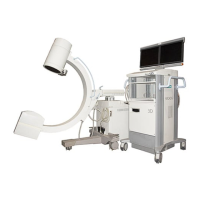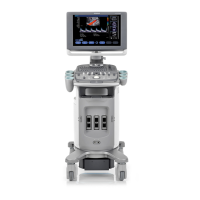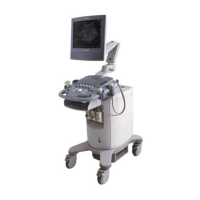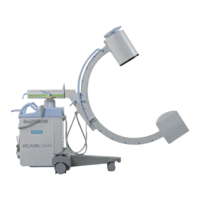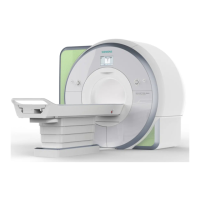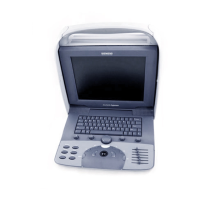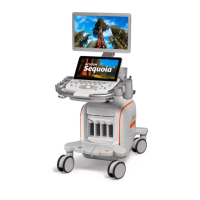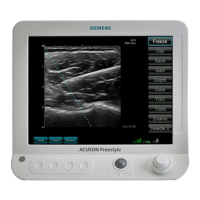Do you have a question about the Siemens ADVIA 2400 and is the answer not in the manual?
Covers the initial steps to start the ADVIA Chemistry system.
Provides steps for powering on and initializing the analyzer and its components.
Guides through the system-assisted startup procedure.
Covers routine daily operational tasks.
Explains how to create and manage workorders for sample analysis.
Instructions for loading patient samples onto the system.
Steps to initiate a sample analysis run.
How to monitor the progress and status of ongoing analyses.
Procedure for safely shutting down the ADVIA Chemistry system.
Guides through the system-assisted shutdown procedure.
Steps for configuring calibration settings for various methods.
Instructions on how to perform calibration runs.
Steps for defining and setting up quality control parameters.
Instructions for running control samples on the analyzer.
Window for viewing real-time and long-term evaluation of analyzer performance.
Recommended frequencies for performing analyzer maintenance tasks.
Covers daily maintenance procedures for the analyzer.
Procedures for inspecting and cleaning various probes.
Instructions for performing the startup wash.
Instructions for performing the shutdown wash.
Covers weekly maintenance procedures for the analyzer.
Covers monthly maintenance procedures for the analyzer.
Maintenance tasks to be performed every three months.
Procedure for replacing the analyzer's halogen lamp.
Maintenance tasks that are performed as needed.
Procedure for replacing sample and reagent probes.
Procedure for replacing DPP probes with crash detection.
Guidance on resolving system error messages.
Instructions for connecting the analyzer to a host computer.
Steps required to set up the electrolyte analyzer (ISE).
General warnings and hazard statements for system use.
Safety precautions related to biohazardous materials.
Safety precautions related to electrical hazards.
Safety precautions related to laser hazards.
Covers the initial steps to start the ADVIA Chemistry system.
Provides steps for powering on and initializing the analyzer and its components.
Guides through the system-assisted startup procedure.
Covers routine daily operational tasks.
Explains how to create and manage workorders for sample analysis.
Instructions for loading patient samples onto the system.
Steps to initiate a sample analysis run.
How to monitor the progress and status of ongoing analyses.
Procedure for safely shutting down the ADVIA Chemistry system.
Guides through the system-assisted shutdown procedure.
Steps for configuring calibration settings for various methods.
Instructions on how to perform calibration runs.
Steps for defining and setting up quality control parameters.
Instructions for running control samples on the analyzer.
Window for viewing real-time and long-term evaluation of analyzer performance.
Recommended frequencies for performing analyzer maintenance tasks.
Covers daily maintenance procedures for the analyzer.
Procedures for inspecting and cleaning various probes.
Instructions for performing the startup wash.
Instructions for performing the shutdown wash.
Covers weekly maintenance procedures for the analyzer.
Covers monthly maintenance procedures for the analyzer.
Maintenance tasks to be performed every three months.
Procedure for replacing the analyzer's halogen lamp.
Maintenance tasks that are performed as needed.
Procedure for replacing sample and reagent probes.
Procedure for replacing DPP probes with crash detection.
Guidance on resolving system error messages.
Instructions for connecting the analyzer to a host computer.
Steps required to set up the electrolyte analyzer (ISE).
General warnings and hazard statements for system use.
Safety precautions related to biohazardous materials.
Safety precautions related to electrical hazards.
Safety precautions related to laser hazards.
| Sample Types | Serum, Plasma, Urine, CSF |
|---|---|
| Sample Capacity | Up to 100 samples |
| Type | Chemistry Analyzer |
| Throughput | Up to 2400 tests per hour |
| Number of Tests | More than 100 |
| ISE Module | Optional |
| Power Requirements | 220-240 VAC, 50/60 Hz |
